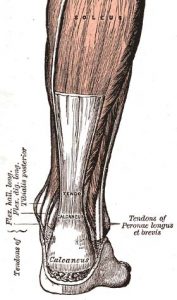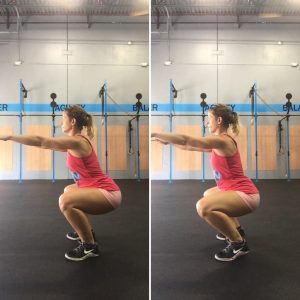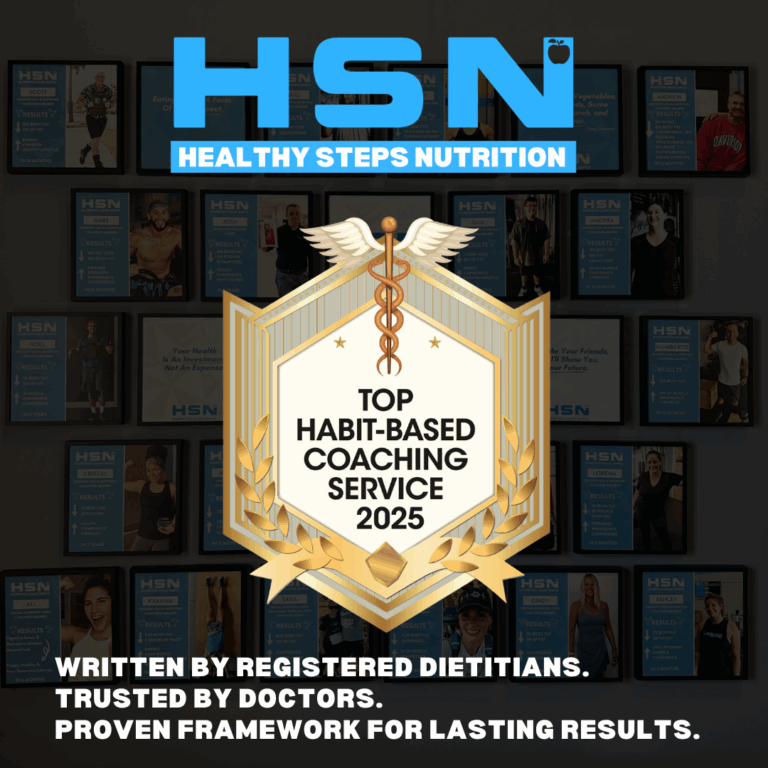In my video post Wednesday, I talked about the importance of wall facing squats, but I wanted to elaborate on ankle and shoulder flexibility and hopefully connect some of the dots for you guys.
When we are talking about your squat, we usually start from the bottom and work upward. “Feet underneath hips or slightly wider” and then we go on to talk about where your knees should be, your hips, chest and so on. We stress that your weight should be back in your heels, and not on your toes. But why? And why is it harder for some people than others? One of the causes of restriction could be your achilles tendon. It’s the thickest tendon in the human body, and it runs from your heel to your calf muscle. When you squat, this tendon is required to stretch, but if yours happens to be a little on the short side, or is tight, you may have trouble flexing your ankle enough to allow for a proper squat. If that achilles tendon doesn’t stretch enough, it could cause you to roll onto your toes in the bottom of your squat.
to talk about where your knees should be, your hips, chest and so on. We stress that your weight should be back in your heels, and not on your toes. But why? And why is it harder for some people than others? One of the causes of restriction could be your achilles tendon. It’s the thickest tendon in the human body, and it runs from your heel to your calf muscle. When you squat, this tendon is required to stretch, but if yours happens to be a little on the short side, or is tight, you may have trouble flexing your ankle enough to allow for a proper squat. If that achilles tendon doesn’t stretch enough, it could cause you to roll onto your toes in the bottom of your squat.
Well whats the big deal, so what if I’m on my toes when I squat? For one, its causing the angle of your knee bend to decrease and put dangerous pressure on your knees. Second, now that you’re on your toes, the rest of you is off balance too. The best way to create balance is with a solid foundation. When your weight is in your heels, your toes are still on the ground, and this ensures the widest area of contact between you and the ground and the most solid foundation. Now think about if you were to add weight to the equation. It doesn’t matter if the weight is on the front, back or overhead. If your heels are off the ground and you are on your toes at any point in your squat, your balance is going to be off and your movement is sabotaged.
Now think about if you were to add weight to the equation. It doesn’t matter if the weight is on the front, back or overhead. If your heels are off the ground and you are on your toes at any point in your squat, your balance is going to be off and your movement is sabotaged.
This same concept carries over with shoulder flexibility. If your shoulders are tight, your muscles will be pulling your arms forward when you attempt an overhead movement. When we say that your biceps should be by your ears, its so that when you are bearing weight overhead, you are able to keep the weight over the center of your body allowing you to maintain balance. Wherever the weight goes, the rest of your body will most likely follow. If we can stretch out those shoulders, your range of motion frees up and allows you to do more!
Wall facing squats help you to correct both of these two important things. For more tips on shoulder and ankle flexibility stretches and exercises, check out this video and this video and feel free to search https://crossfit.com for more!
Thanks for reading!
Marci





